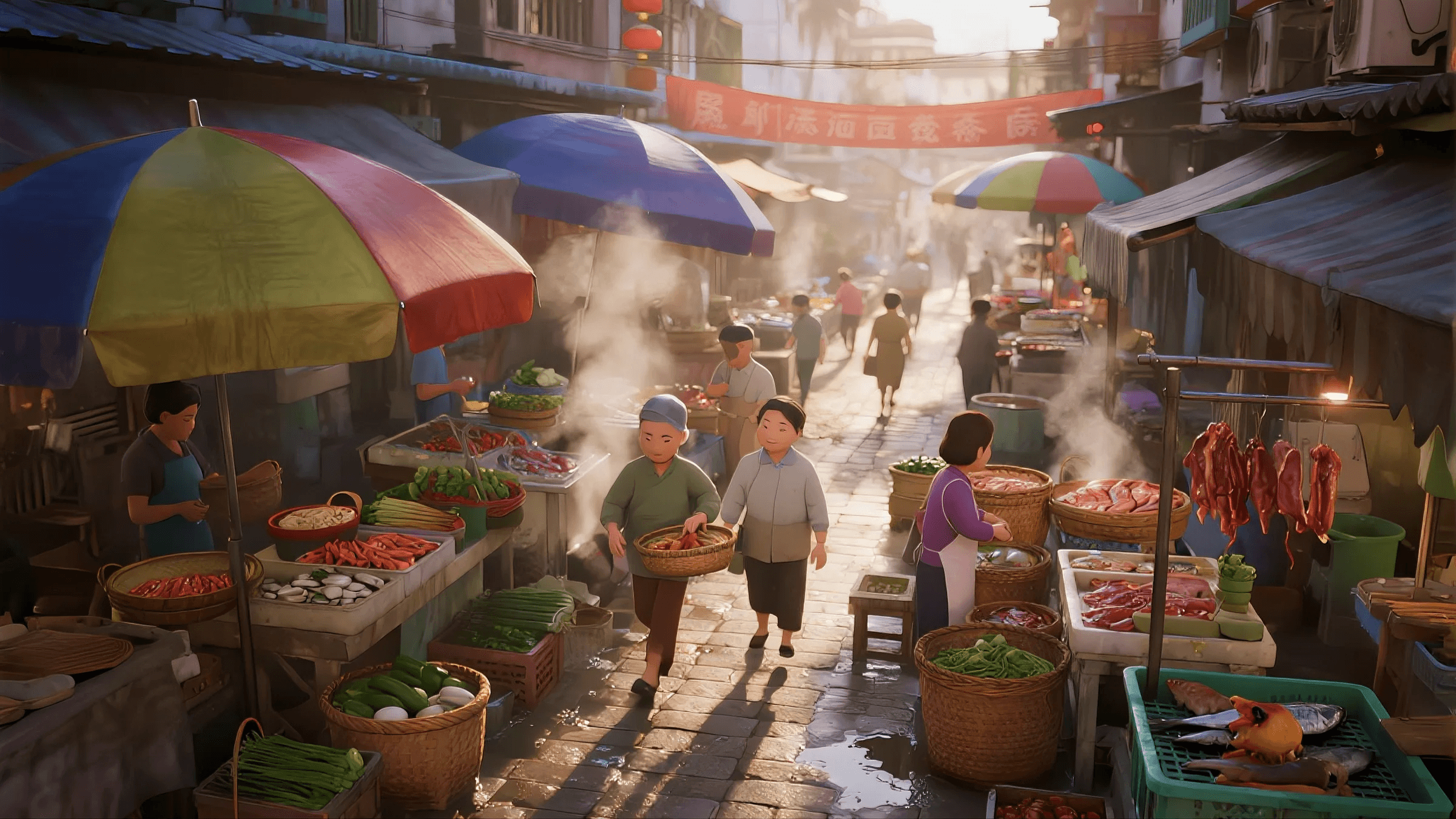The Brief Guide to Markets in China: Types, Culture, Regional Specialties and More
China’s markets represent the beating heart of local commerce and culture. From bustling wet markets serving fresh produce to vibrant night markets offering street food delights, these trading hubs provide travelers with authentic glimpses into daily Chinese life. This comprehensive guide explores the diverse world of Chinese markets, helping you navigate these fascinating commercial landscapes during your visit.
Table of Contents
Understanding the Five Types of Markets in China
Wet Markets: The Fresh Food Foundations
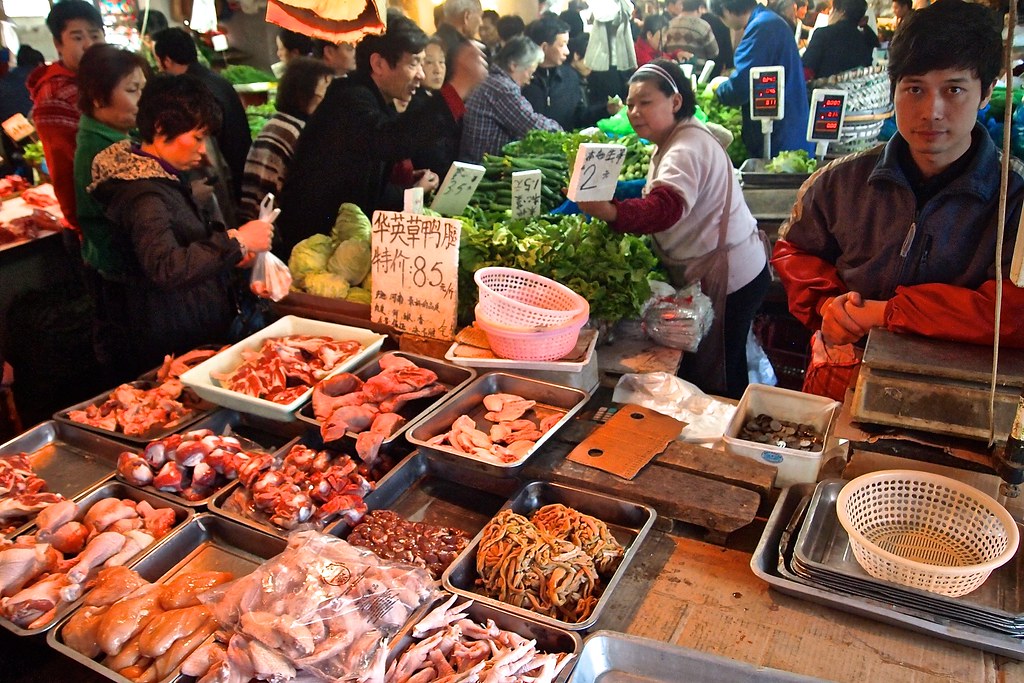
Wet markets are traditional markets that sell fresh meat, produce, and other perishable goods. They are the most prevalent food outlet in urban regions of China. These markets earned their name from the wet floors that result from melting ice keeping seafood and produce fresh throughout the day.
Modern wet markets have evolved significantly from their traditional origins. Since the 1990s, wet markets in large cities have been predominantly moved into modern indoor facilities. This transformation has improved hygiene standards while maintaining the authentic market experience that travelers seek.
The cultural significance of wet markets extends beyond mere commerce. Amid renewed interest, wet markets in China are evolving too, merging modern amenities with traditional charm to cater to younger, experience-driven tourists. These markets now serve as cultural bridges, connecting international visitors with local food traditions.
Night Markets: Culinary Adventures After Dark
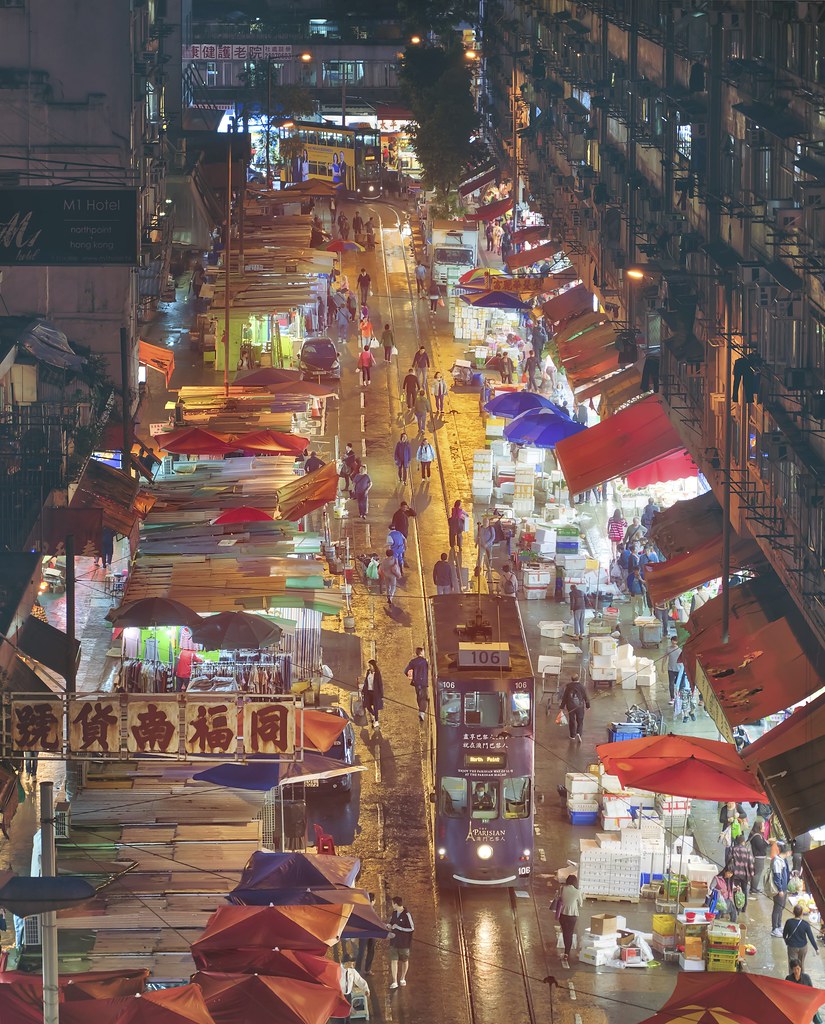
Night markets represent some of China’s most vibrant cultural experiences. The real star of the show is the delicious street food. From barbecued skewers to sticky rice cakes, each night market will have its own selection of regional specialities, depending on where you are in China.
These evening markets transform ordinary streets into bustling food courts. The atmosphere becomes electric as vendors light up their stalls, creating a sensory experience that combines sizzling sounds, aromatic spices, and colorful displays. Night markets typically operate from late afternoon until midnight, offering perfect opportunities for dinner adventures.
The variety of street food available reflects regional preferences and cooking styles. Northern cities feature hearty meat dishes and wheat-based foods, while southern markets showcase rice dishes and seafood specialties. This regional diversity makes each night market visit unique and memorable.
Traditional Shopping Markets: Treasures and Bargains
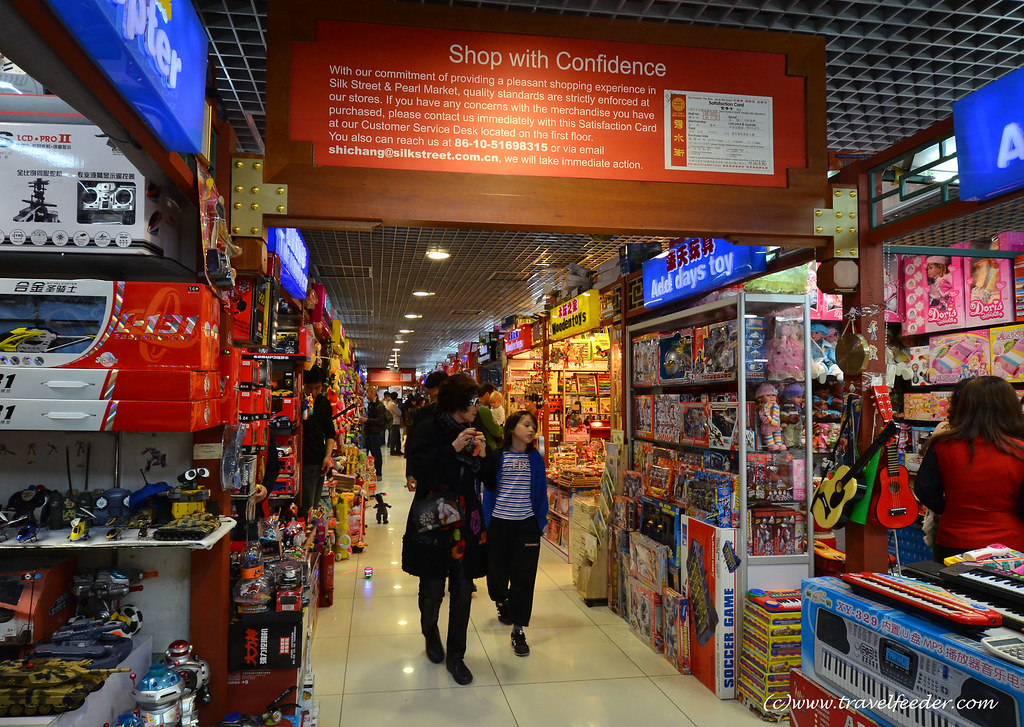
Traditional shopping markets offer everything from silk fabrics to antique reproductions. Silk Street (Xiushui Market or Silk Market) is the most influential international tourist shopping mall in China, on par with the Great Wall and the Forbidden City, and has become a shopping landmark for many foreign tourists during their China tours.
These markets specialize in cultural artifacts, textiles, and handicrafts. Visitors can find traditional Chinese clothing, calligraphy supplies, tea sets, and jade jewelry. The bargaining culture remains strong in these markets, making shopping an interactive experience rather than simple transactions.
Quality varies significantly across different stalls and markets. Experienced travelers recommend visiting multiple vendors to compare prices and quality before making purchases. Building relationships with honest vendors often leads to better deals and authentic products.
Wholesale Markets: Commercial Hearts of Cities
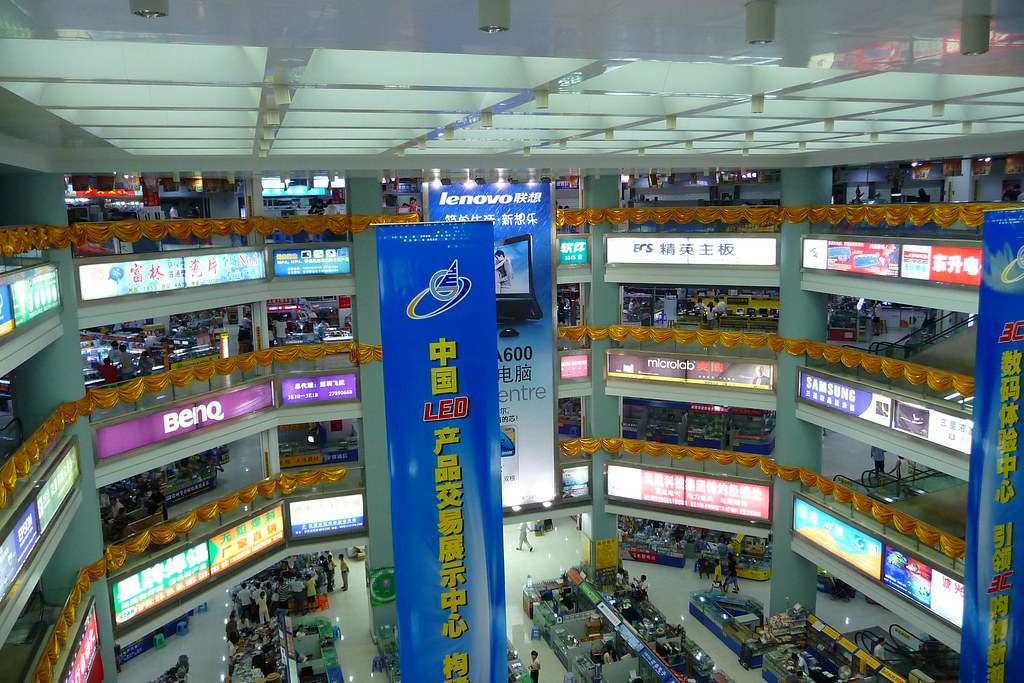
Wholesale markets serve as the commercial backbone of Chinese cities. Yide Road Wholesale Markets (Guangzhou): With so many markets to choose from in a city whose very raison d’être is commerce, it is difficult to know which one to choose first. These massive complexes house thousands of vendors selling everything from electronics to clothing.
While primarily designed for business transactions, wholesale markets welcome individual customers. The scale and variety can be overwhelming, but the prices are often significantly lower than retail stores. Many international visitors use these markets for bulk purchases or unique items unavailable elsewhere.
The organization of wholesale markets follows specific patterns. Similar products cluster together, creating specialized districts within larger market complexes. This organization helps visitors navigate efficiently and compare options across multiple vendors.
Specialized Markets: Unique Experiences

China hosts numerous specialized markets focusing on specific products or services. Antique markets, flower markets, and electronics markets each offer distinct experiences. Panjiayuan Jiuhuo Shichang (Beijing): A vast outdoor market held on weekends, Panjiayuan teems with what is very likely the world’s best selection of things Chinese: row upon row of everything from reproduction Ming furniture to the traditional clothing worn by China’s many minorities.
These specialized markets often operate on specific schedules. Weekend markets attract more tourists and offer better variety, while weekday visits provide more opportunities for serious bargaining with fewer crowds.
Top Markets in Major Chinese Cities
Beijing: Imperial Capital’s Commercial Heritage

Beijing’s markets reflect the city’s imperial history and modern transformation. The capital offers diverse market experiences, from traditional hutong markets to modern commercial complexes. Top 6 BEST night markets and food streets to explore, including Wangfujing night market, Guijie, Niujie Muslim food street, Shichahai food streets at hutongs, Longfusi food market.
Wangfujing Night Market stands as Beijing’s most famous food destination. Located in the heart of the city, this market offers both traditional Chinese snacks and exotic foods that intrigue adventurous travelers. The market’s central location makes it easily accessible via Beijing’s extensive subway system.
Panjiayuan Antique Market operates primarily on weekends, attracting collectors and tourists seeking authentic Chinese artifacts. The market’s vast selection includes everything from ancient coins to traditional paintings. Early morning visits offer the best selection before popular items sell out.
The Pearl Market (Hongqiao Market) specializes in jewelry and pearls, catering to international visitors seeking gifts and souvenirs. Beijing: Explore markets such as the Hongqiao Pearl Market or the Liulichang Antique Street, where you’ll find a variety of jade items ranging from traditional to contemporary designs.
Shanghai: Modern Commerce Meets Tradition

Shanghai’s markets showcase the city’s position as China’s commercial capital. The blend of traditional Chinese markets with international influences creates unique shopping experiences. The most well-known and maybe the most intense market, Ya Tai Sheng Hui (世纪亚太盛汇购物广场,) AKA the Science and Technology Museum Metro Underground Market. With easy access by metro line 2, this enormous market is a maze of vendors.
The South Bund Fabric Market attracts fashion enthusiasts and tailors from around the world. This three-story complex houses hundreds of fabric vendors offering everything from basic cotton to luxury silks. Many vendors provide tailoring services, allowing visitors to create custom clothing at reasonable prices.
Dongtai Road Antique Market offers a more relaxed atmosphere compared to Beijing’s Panjiayuan. The market’s smaller size makes it easier to navigate while still providing excellent selections of traditional Chinese artifacts, vintage items, and curiosities.
Shanghai’s food markets reflect the city’s cosmopolitan nature. Traditional Chinese ingredients mix with international products, creating unique culinary opportunities for adventurous cooks and food enthusiasts.
Guangzhou: The Trading Capital
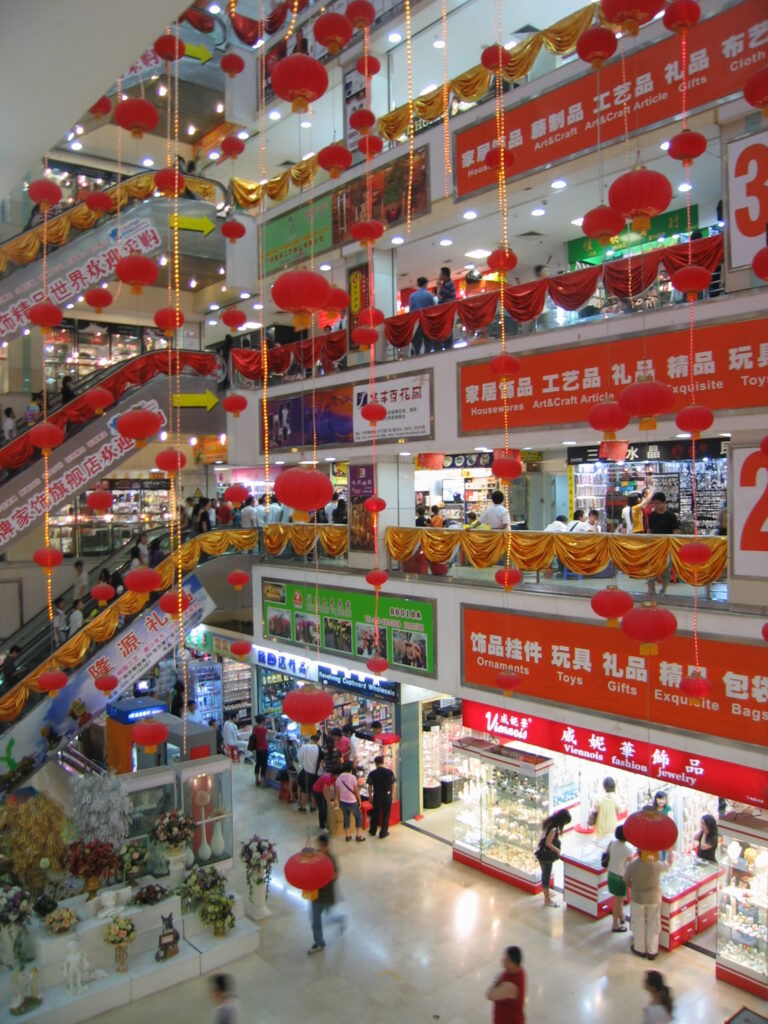
Guangzhou’s markets represent China’s manufacturing and trading prowess. The city’s strategic location and commercial history make it a premier destination for wholesale shopping. As China’s largest the manufacturing center and famed as the “Shopping” Paradise, Guangzhou has its various whole-sale markets.
The Wholesale Markets of Guangzhou span multiple districts, each specializing in different product categories. The electronics markets in Tianhe district compete with global technology centers, while textile markets in Liwan district supply fashion brands worldwide.
Shamian Island’s markets offer a more tourist-friendly experience. The island’s European architecture creates a unique backdrop for shopping, while vendors sell a curated selection of Chinese crafts and souvenirs at reasonable prices.
Guangzhou’s food markets showcase Cantonese cuisine traditions. The city’s proximity to Hong Kong influences both ingredients and cooking styles, creating distinctive flavors found nowhere else in China.
Market Etiquette and Cultural Insights
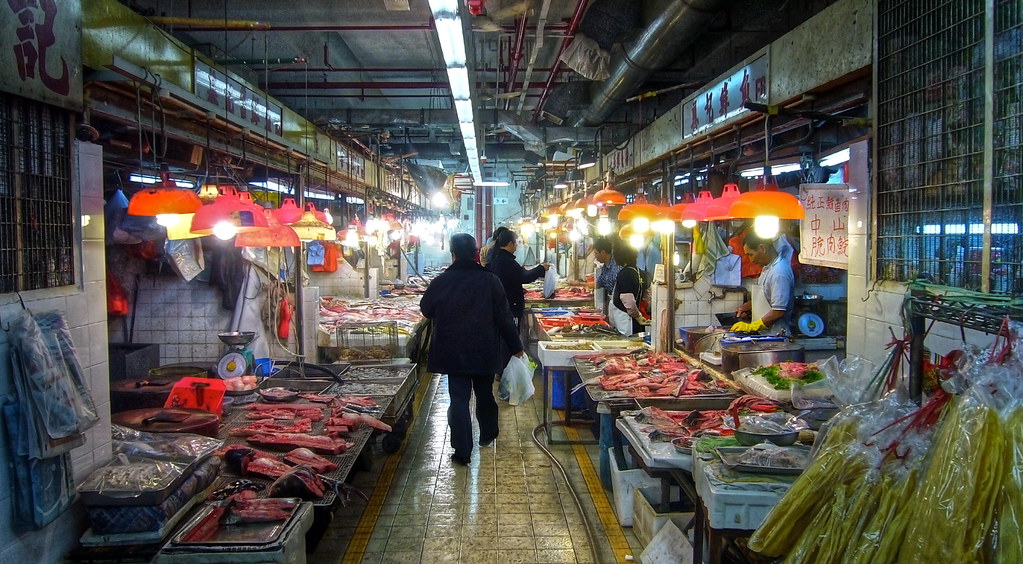
Bargaining Strategies That Work
Successful bargaining in Chinese markets requires understanding cultural norms and expectations. Start by observing other customers’ interactions with vendors before attempting negotiations. This observation period helps you understand local bargaining styles and acceptable price ranges.
The initial asking price often ranges from 200% to 500% above the vendor’s minimum acceptable price. Begin your counter-offer at roughly 30-40% of the asking price, then negotiate upward gradually. Patience and politeness yield better results than aggressive tactics.
Building rapport with vendors improves bargaining success. Learning basic Mandarin phrases like “duoshao qian” (how much) and “tai gui le” (too expensive) demonstrates respect for local culture. Many vendors appreciate foreign visitors’ efforts to communicate in Chinese.
Payment Methods and Practical Tips
Modern Chinese markets increasingly accept digital payments through WeChat Pay and Alipay. However, cash remains essential for smaller vendors and traditional markets. Carry small denomination bills to facilitate exact change and avoid complications.
Credit cards work in larger, more touristy markets but remain uncommon in traditional wet markets and smaller shopping areas. International visitors should prepare by obtaining local currency through official exchange services or bank ATMs.
Mobile payment systems require Chinese bank accounts or special tourist setups. Many hotels and tour operators can assist with temporary mobile payment solutions for extended stays.
Safety and Health Considerations
Market safety involves awareness of surroundings and common sense precautions. Pickpocketing can occur in crowded areas, so secure valuable items in front-facing pockets or money belts. Avoid displaying large amounts of cash while bargaining.
Food safety in markets requires selecting vendors with high turnover and fresh ingredients. Popular stalls with local customers typically offer safer food options than isolated vendors. Avoid raw foods if you have sensitive stomach or dietary restrictions.
Hygiene standards vary significantly between markets. Modern indoor markets generally maintain better cleanliness than traditional outdoor markets. Observe food preparation methods and trust your instincts about food safety.
Seasonal Considerations for Market Visits
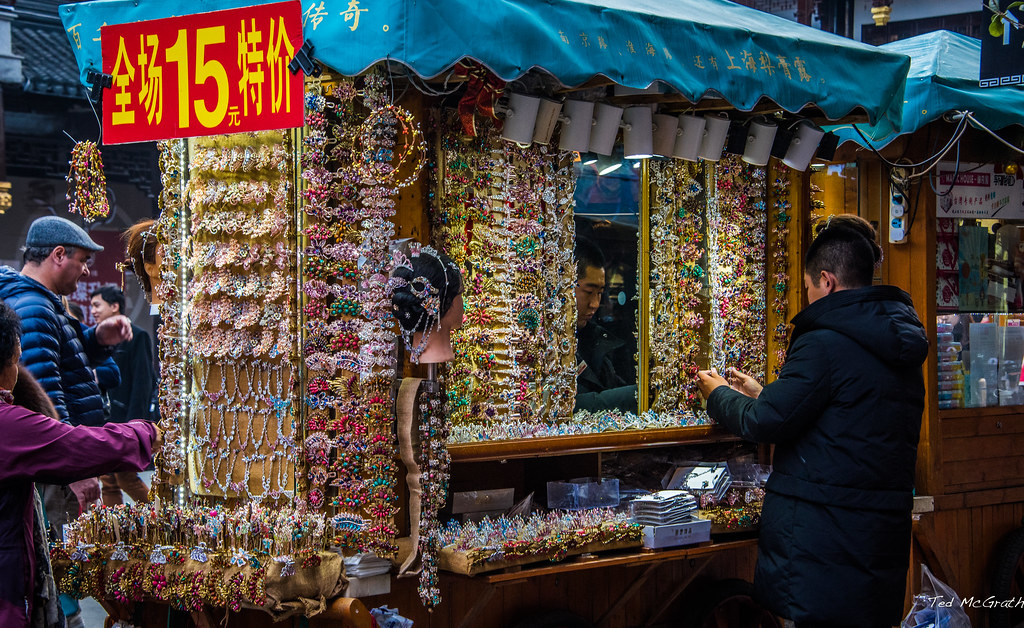
Spring Markets: Fresh Beginnings
Spring markets showcase seasonal vegetables and flowers as China awakens from winter. Tea markets become particularly active as new harvests arrive from growing regions. The weather remains comfortable for extended market exploration.
Spring festivals influence market activities and product availability. Traditional celebrations create demand for specific foods and decorations, providing cultural insights into Chinese holiday traditions.
Summer Markets: Peak Activity
Summer brings peak market activity with extended operating hours and increased vendor participation. Night markets reach their full potential during warm summer evenings, creating vibrant street food scenes.
Fresh fruit markets explode with seasonal varieties during summer months. Tropical fruits from southern provinces appear in northern markets, while local specialties reach peak quality and availability.
Autumn Markets: Harvest Celebrations
Autumn markets celebrate harvest seasons with abundant produce and traditional foods. This season offers the best variety of local specialties and seasonal ingredients across different regions.
The comfortable autumn weather makes market exploration more enjoyable. Reduced summer crowds allow for more leisurely shopping and better bargaining opportunities.
Winter Markets: Cozy Experiences
Winter markets focus on indoor activities and warming foods. Hot pot ingredients become prominent in wet markets, while street food vendors offer warming soups and stews.
Holiday markets appear before Chinese New Year, featuring traditional decorations, foods, and gifts. These markets provide excellent opportunities to experience Chinese holiday traditions firsthand.
Regional Market Specialties: A Comprehensive Guide
Northern China: Imperial Heritage and Hearty Traditions
Beijing’s Historic Markets
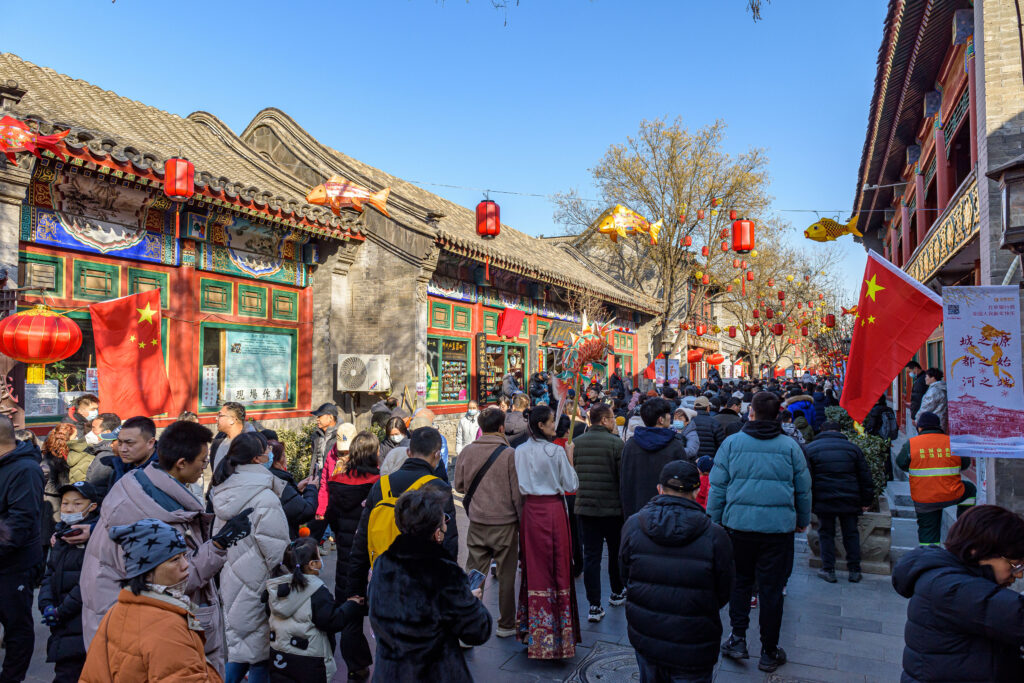
Beijing’s markets reflect centuries of imperial influence and northern Chinese culinary traditions. The capital’s markets showcase the best of northern China’s wheat-based cuisine, traditional crafts, and seasonal specialties.
Donghuamen Night Market represents Beijing’s most authentic street food experience. Located near the Forbidden City, this market offers traditional northern snacks like jianbing (savory crepes), tanghulu (candied fruit skewers), and lamb skewers seasoned with cumin and chili. The market operates from late afternoon until midnight, with peak activity around 8-9 PM.
Liulichang Antique Street specializes in traditional Chinese cultural items. This historic market district houses shops selling calligraphy brushes, ink stones, traditional paintings, and rare books. Many shops have operated for generations, passing down expertise in authenticating and valuing cultural artifacts.
Regional specialties include preserved duck eggs, traditional Chinese medicine ingredients, and handmade silk products. The harsh northern winters influence food preservation techniques, creating unique flavors found nowhere else in China.
Harbin’s Russian-Influenced Markets

Harbin boasts varied specialties such as Russian set dolls and birch bark jewelry boxes, while unique Harbin foods include Qiulin sausages, big sausages, and Dalieba bread. The city’s markets reflect its unique position as China’s most Russian-influenced city.
Central Street (Zhongyang Dajie) Market offers Russian-style foods and crafts. Borscht, beef stroganoff, Russian beer, fruit pizza and caviar can be easily found in the city. The market’s architecture reflects Russian colonial influence, creating a unique shopping atmosphere.
Winter markets in Harbin feature specialized cold-weather gear, including fur clothing, fur hats, and leather shoes at competitive prices. The extreme cold temperatures create demand for high-quality winter apparel not found in southern Chinese markets.
Central China: Cultural Crossroads
Xi’an’s Silk Road Heritage

Xi’an’s markets reflect the city’s position as the ancient Silk Road’s eastern terminus. The Muslim Quarter hosts China’s most famous Islamic market, showcasing Central Asian influences on Chinese cuisine and culture.
Muslim Quarter Market operates within narrow streets lined with traditional Islamic architecture. The market specializes in halal foods, including hand-pulled noodles, lamb burgers (roujiamo), and various mutton dishes. Night markets here offer different flavors compared to typical Chinese street food.
Specialty items include replica Terracotta Warriors, traditional Chinese tea sets, and Silk Road-themed handicrafts. The market’s location near major historical sites makes it popular with international tourists seeking authentic cultural experiences.
Chengdu’s Spicy Delights
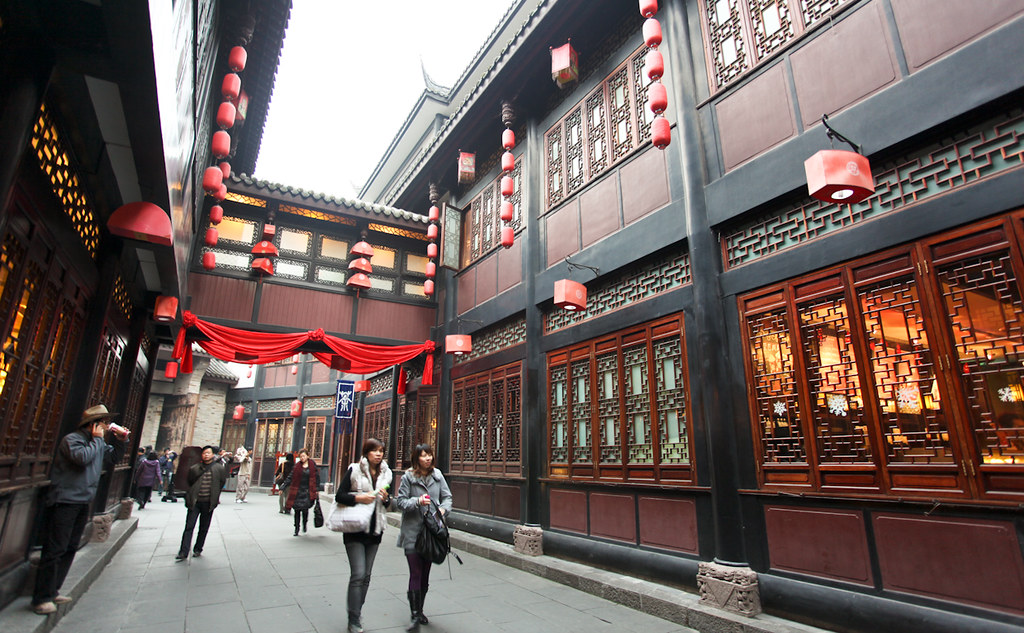
The Upper River Gang centered around the Chengdu plain includes cities of Chengdu, Meishan, and Leshan. Many classic Sichuan dishes that you know and love originally hail from this area – Mapo Tofu, Twice Cooked Pork, Kung Pao chicken.
Kuanzhai Xiangzi Markets showcase traditional Sichuan culture within restored Qing Dynasty architecture. These markets offer authentic Sichuan specialties including various chili oils, Sichuan peppercorns, and preserved vegetables essential to regional cuisine.
Women’s Market offers everything a woman can possibly look for. Any kind of jewelry, clothing, accessories, bags, and shoes can be easily found here. The market is a two-floor maze of little shops and tiny wall stalls.
Wuhou Temple Market specializes in traditional Chinese medicine and local handicrafts. The market’s proximity to one of China’s most important historical sites creates unique shopping opportunities for cultural artifacts and traditional remedies.
Eastern China: Modern Commerce and Ancient Traditions
Hangzhou’s Tea Culture Markets
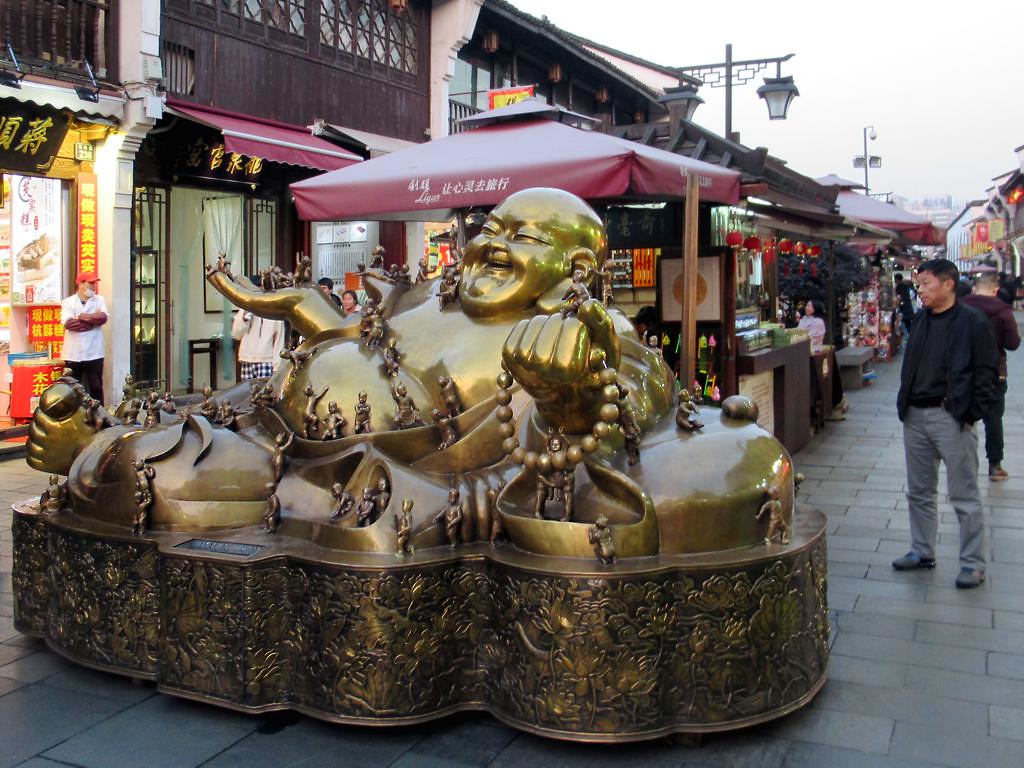
The most-often-mentioned places include favorites like Qinghefang, Wushan Road Night Market, and Lingyin Temple. Hangzhou’s markets reflect the city’s reputation as China’s tea capital and silk production center.
Qinghefang Ancient Culture Street represents Hangzhou’s traditional market culture. This pedestrian street houses shops selling Longjing tea, silk products, and traditional handicrafts. The market maintains traditional architecture while offering modern shopping conveniences.
Wushan Road Night Market offers authentic Hangzhou street food, including xiaolongbao (soup dumplings), beggar’s chicken, and local fish dishes. The market’s location near West Lake makes it popular with both locals and tourists.
Hangzhou’s Wen’er Market, after undergoing significant transformation, now boasts a more youthful and refined ambiance, signaling a departure from its traditional roots. This evolution reflects how traditional markets adapt to modern consumer preferences while maintaining cultural authenticity.
Nanjing’s Imperial Legacy
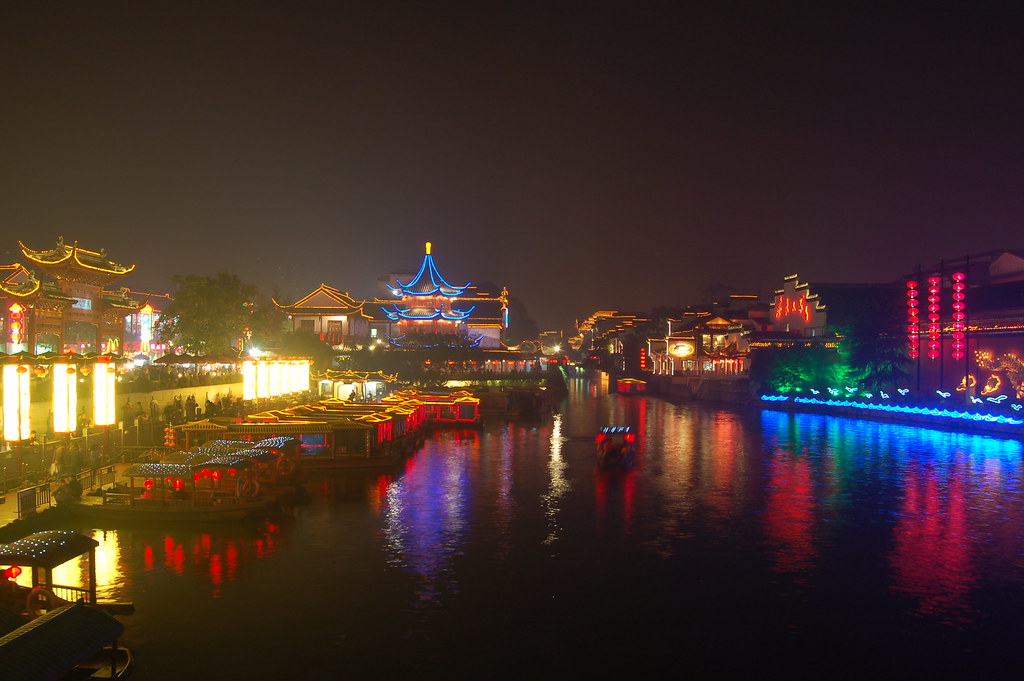
Nanjing’s markets showcase the city’s history as China’s ancient capital. The Confucius Temple area hosts traditional markets selling local specialties, including salted duck, traditional pastries, and cultural artifacts.
Confucius Temple Night Market operates within historic temple grounds, creating unique atmosphere combining commerce and culture. The market specializes in traditional Chinese snacks and cultural items appealing to both domestic and international visitors.
Southern China: Tropical Abundance and Manufacturing Excellence
Shenzhen’s Modern Market Evolution
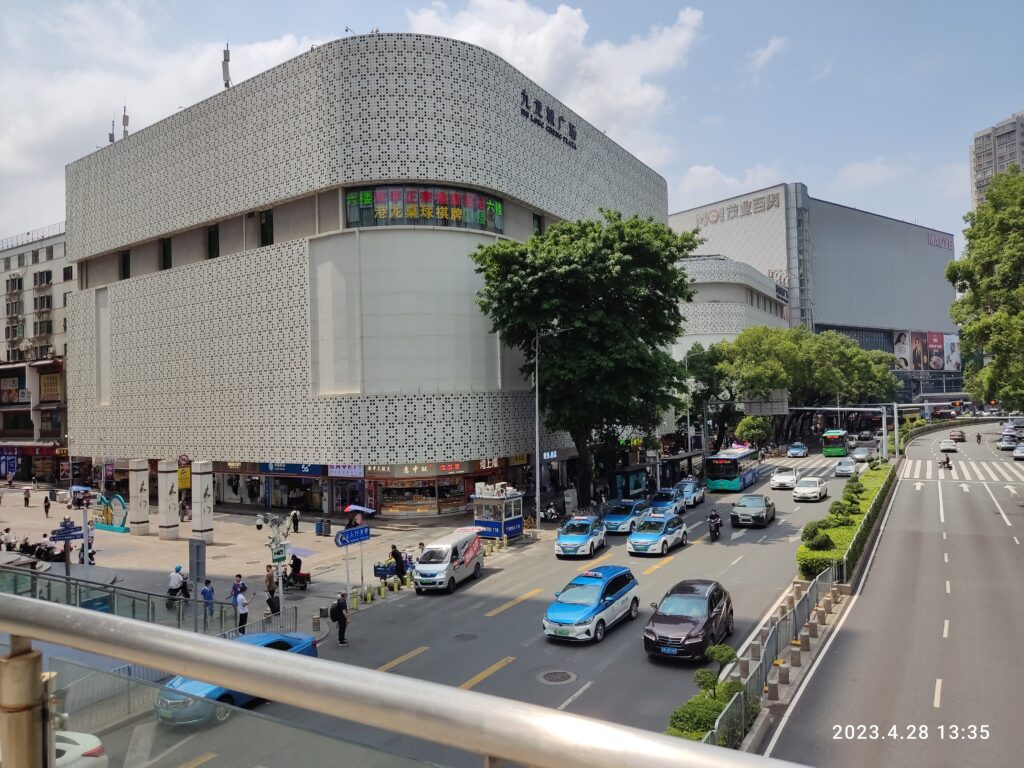
Strolling along ancient stone-paved streets in Guanlan Ancient Market, visitors will find traditional handicraft shops and specialty snack stalls nestled within historic buildings, providing a rich taste of Shenzhen’s traditional culture.
Despite being a modern city, Shenzhen maintains traditional markets that contrast with its high-tech reputation. These markets offer insight into the city’s rapid transformation from fishing village to global metropolis.
Dongmen Pedestrian Street combines traditional market culture with modern shopping. This area offers everything from traditional Chinese medicine to electronics, reflecting Shenzhen’s position as both a manufacturing hub and cultural center.
Guangzhou’s Trading Empire
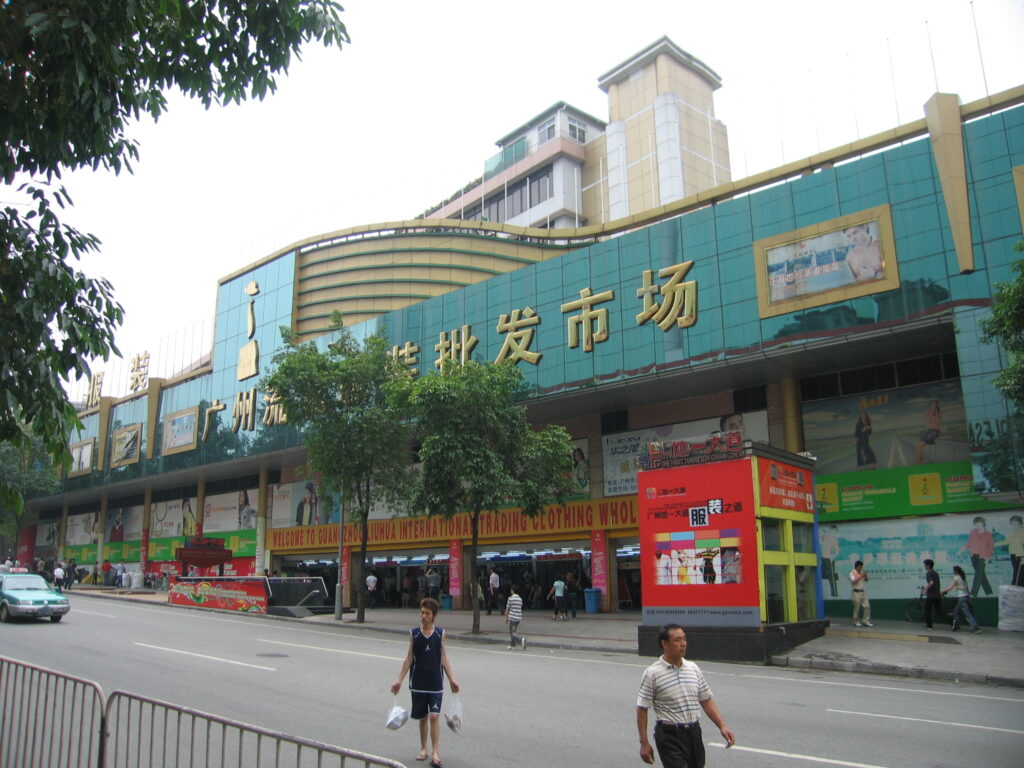
Guangzhou’s markets represent China’s manufacturing and trading prowess. The city’s strategic location and commercial history create unparalleled wholesale market opportunities.
Guangzhou Wholesale Markets span multiple districts, with each area specializing in different product categories. The electronics markets in Tianhe district compete with global technology centers, while textile markets in Liwan district supply fashion brands worldwide.
Qingping Market offers traditional Chinese medicine, rare foods, and cultural items. This market maintains traditional Chinese market culture while serving modern commercial needs.
Western China: Ethnic Diversity and Cultural Richness
Kunming’s Ethnic Markets
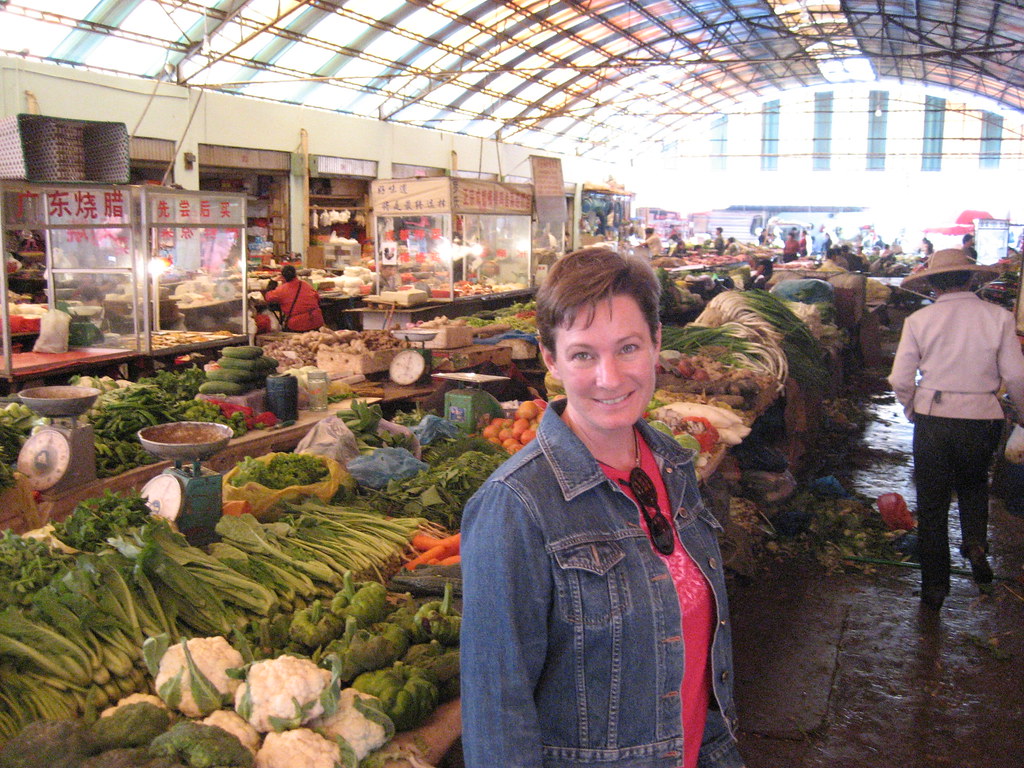
Top 8 Yunnan ethnic markets when visiting Kunming, Dali, Lijiang, Xishuangbanna during Yunnan tours showcase authentic lifestyle of ethnic minorities in Yunnan. Kunming’s markets reflect Yunnan Province’s incredible ethnic diversity.
Jinma Biji Market specializes in traditional ethnic clothing, handicrafts, and foods from Yunnan’s 25 ethnic minorities. The market offers items rarely found elsewhere in China, including traditional textiles, silver jewelry, and ethnic musical instruments.
Zhuanxin Food Market (篆新农贸市场) located on News Road (新闻路) represents Kunming’s traditional wet market culture, offering fresh produce, ethnic foods, and local specialties.
Minority Cultural Markets throughout Yunnan offer unique experiences. These markets showcase traditional crafts, foods, and cultural items from various ethnic groups, providing authentic cultural exchanges rarely available in mainstream Chinese markets.
Xinjiang’s Silk Road Heritage

Xinjiang’s markets reflect Central Asian influences through Islamic culture, traditional crafts, and unique foods. These markets offer experiences significantly different from typical Chinese markets.
Kashgar Sunday Market represents one of China’s most authentic traditional markets. This massive market offers everything from livestock to traditional carpets, maintaining centuries-old trading traditions.
Specialty items include traditional Uyghur clothing, handwoven carpets, dried fruits, and nuts. The market’s Islamic cultural influences create unique shopping experiences combining Chinese and Central Asian traditions.
Northeastern China: Russian Influence and Industrial Heritage
Harbin’s Russian Legacy

You can find guo bao rou at just about any Harbin restaurant (and even at some stalls at the night market), but it’s particularly popular at Lao Chu Jia, about a 30-minute walk from Saint Sophia’s Church.
Harbin’s markets showcase unique Russian-Chinese cultural fusion. The city’s position as China’s northernmost major city creates distinctive market characteristics not found elsewhere.
Daowai Traditional Market offers authentic northeastern Chinese foods and Russian-influenced items. The market specializes in preserved foods, traditional Russian breads, and cold-weather clothing essential for harsh northeastern winters.
The region’s industrial heritage influences market products, with many stalls selling locally manufactured goods, traditional crafts, and regional specialties reflecting the area’s unique cultural blend.
Making the Most of Your Market Experience
Planning Your Market Route
Successful market visits require advance planning to maximize time and opportunities. Research market locations, operating hours, and specialties before arriving. Many markets operate on specific schedules that affect vendor participation and product availability.
Create flexible itineraries that allow for spontaneous discoveries. Markets often contain unexpected treasures that weren’t part of original plans. Leave time for exploration and serendipitous encounters.
Consider transportation options between markets. Some cities offer market-hopping tours that efficiently connect multiple venues. Public transportation often provides the most convenient access to popular markets.
Photography and Cultural Sensitivity
Photography policies vary between markets and individual vendors. Always ask permission before photographing people or their products. Many vendors welcome photography but prefer advance notice.
Respect cultural sensitivities regarding food preparation and religious practices. Some markets serve specific ethnic communities with distinct cultural norms. Observing and respecting these differences enhances the travel experience.
Share positive experiences through responsible social media posting. Highlight vendor quality and market atmosphere without revealing specific bargaining prices or vendor weaknesses.
Building Lasting Connections
Developing relationships with trustworthy vendors creates long-term benefits for repeat visitors. Honest vendors often provide better quality products and fair prices to returning customers.
Learn about vendors’ stories and backgrounds. Many market vendors have fascinating histories and cultural insights that enrich the shopping experience beyond mere transactions.
Support local businesses by making thoughtful purchases. Quality items from reputable vendors make better souvenirs than cheap mass-produced goods. Your purchases directly support local families and communities.
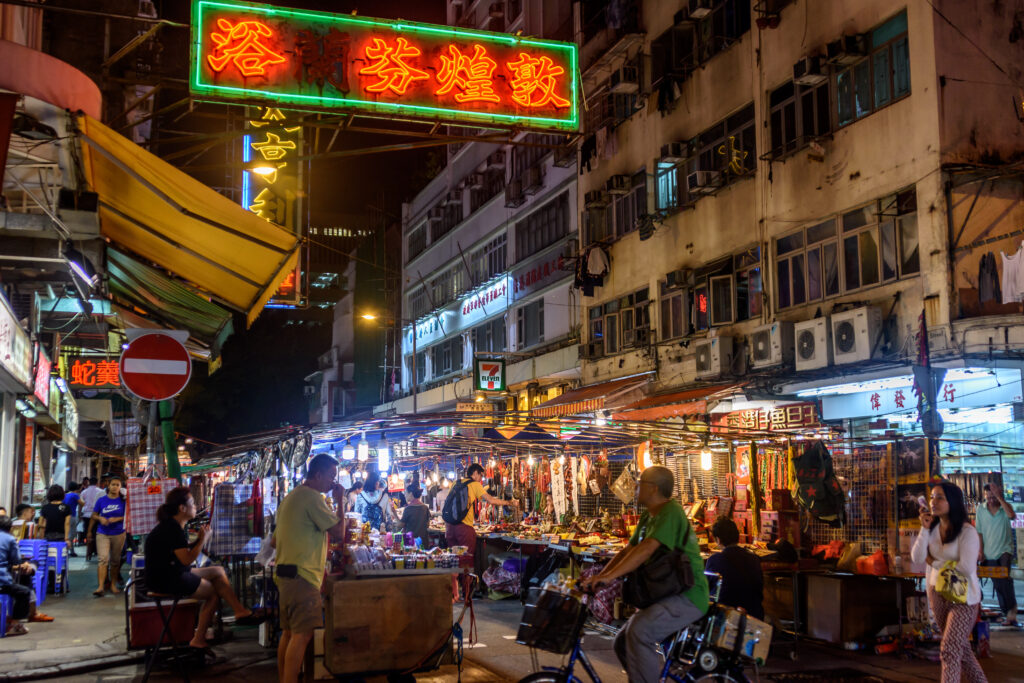
Conclusion
China’s markets offer unparalleled opportunities to experience authentic local culture while finding unique products and delicious foods. From traditional wet markets serving fresh ingredients to bustling night markets offering street food adventures, these commercial hubs provide insights into daily Chinese life that hotels and tourist attractions cannot match.
Successful market exploration requires preparation, cultural sensitivity, and adventurous spirit. Understanding different market types, bargaining etiquette, and regional specialties enhances the experience while showing respect for local customs and traditions.
Whether you’re seeking authentic Chinese crafts, experiencing local cuisine, or simply observing daily life, China’s markets provide unforgettable travel experiences. The memories created while navigating these vibrant commercial landscapes often become the most treasured aspects of any Chinese adventure.
Plan your market visits carefully, remain open to unexpected discoveries, and embrace the cultural exchange opportunities these remarkable places provide. Your journey through China’s markets will reveal the country’s commercial heart and cultural soul in ways that conventional tourism cannot match.


